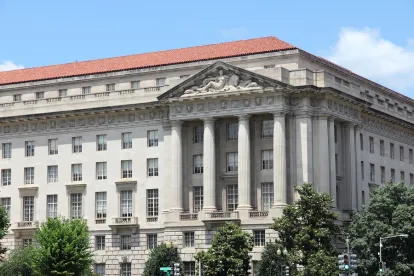On July 7, 2020, the U.S. Environmental Protection Agency (EPA) announced that EPA researchers are evaluating a number of commercially available products for potential long-lasting effectiveness against SARS-CoV-2, the novel human coronavirus that causes COVID-19. This research is being conducted at EPA’s Office of Research and Development's Center for Environmental Solutions and Emergency Response in Research Triangle Park, North Carolina, using surfaces that mimic the high touch points in mass transit trains and stations.
EPA states that it is working directly with New York’s Metropolitan Transportation Authority, North America’s largest transportation network, on evaluating EPA-registered antimicrobial products across New York City Transit to determine their ability to provide effective anti-virus protection over time.
Currently, EPA-registered products that claim long-lasting effectiveness are limited to those that control odor-causing bacteria on hard, non-porous surfaces. At this time, there are no EPA-registered products that claim long-lasting disinfection. EPA researchers hope to determine whether antimicrobial products can provide residual disinfection on surfaces over time and how durable the disinfection ability of the product is with normal use, including routine cleaning and natural weathering. According to EPA, data generated by EPA researchers will inform any regulatory decisions (including the approval and use of these products according to the label) made as part of the pesticide registration process through EPA’s Office of Pesticide Programs.
EPA researchers are also evaluating other possible high-efficiency alternative methods to disinfect, such as ultraviolet light (UV), ozone, and steam, that could be used on public transit systems to keep trains, buses, and facilities clean and safe for passengers. EPA is additionally studying disinfectant application methods, such as electrostatic sprayers or foggers, that EPA believes are promising.
As part of this effort, EPA has partnered with the Los Angeles County Metropolitan Transportation Authority, the third largest transit agency in the United States, to evaluate a number of new technologies, including UVC lighting and air filtration systems, to combat SARS-CoV-2 on public transit systems.
EPA states that it will make the results of this research available to help inform decisions on the use of longer-lasting disinfection products, including information on the frequency of use to maintain disinfection capabilities over time.
Additional information on EPA’s research on COVID-19 in the environment is available here.





 />i
/>i

